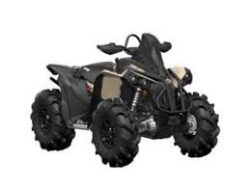The Can-Am Renegade 570 is a powerhouse in the world of ATVs, designed for those who crave an adrenaline rush. While it’s built for sport and recreation, it’s also engineered
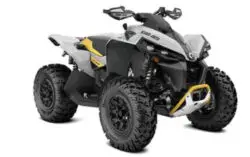
Can You Put a Plow on a Can-Am Renegade?Can You Put a Plow on a Can-Am Renegade?
The Can-Am Renegade is known for its sporty performance and agility, making it a popular choice for off-road enthusiasts. While it’s not primarily designed as a utility vehicle like some
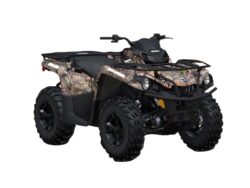
How Many Spark Plugs Does a Can-Am Outlander ATV Have?How Many Spark Plugs Does a Can-Am Outlander ATV Have?
If you own a Can-Am Outlander or are considering buying one, you might be curious about its technical aspects, such as the number of spark plugs it has. Let’s answer

What Exotic Pets Can You Legally Own in Alberta?What Exotic Pets Can You Legally Own in Alberta?
Wondering what exotic pets you can legally own in Alberta? You’re in the right spot! Unlike other articles that talk about Canada as a whole, we focus just on Alberta.

Are Can-Am Outlanders Automatic Transmission?Are Can-Am Outlanders Automatic Transmission?
The question of whether Can-Am Outlanders are automatic is a common one, especially among those new to the world of ATVs. This article aims to provide a detailed answer to
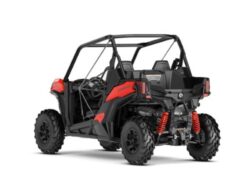
Can-Am Maverick Alberta Buying Guide and Models OverviewCan-Am Maverick Alberta Buying Guide and Models Overview
When it comes to off-road adventures, Can-Am offers a diverse range of vehicles designed to conquer various terrains. However, if you’re looking for a machine that seamlessly blends power, agility,
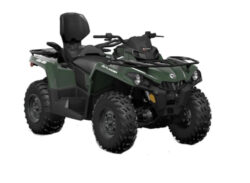
How Fast Will a Can-Am Outlander 450 Go?How Fast Will a Can-Am Outlander 450 Go?
The Can-Am Outlander 450 is a popular choice among ATV enthusiasts for its balance of power and agility. But one question that often comes up is, “How fast can it
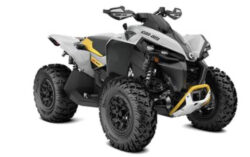
Can-Am Renegade Alberta Models Overview & Buyer GuideCan-Am Renegade Alberta Models Overview & Buyer Guide
The Can-Am Renegade ATV series is designed for those who crave speed, agility, and the thrill of the ride. Unlike the Can Am Outlander series, which is more versatile and
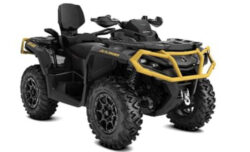
Can-Am Outlander Alberta Models Overview & Buyer GuideCan-Am Outlander Alberta Models Overview & Buyer Guide
The Can-Am Outlander series has undergone a remarkable transformation since its early days. Unlike the Can Am Renegade series, which is more geared towards sporty performance, the Outlander is designed

Can You Own a Monkey in Alberta?Can You Own a Monkey in Alberta?
There are some places in Canada where owning a monkey as a pet is possible and Legal. If you are hoping for that to be the case in Alberta, you

